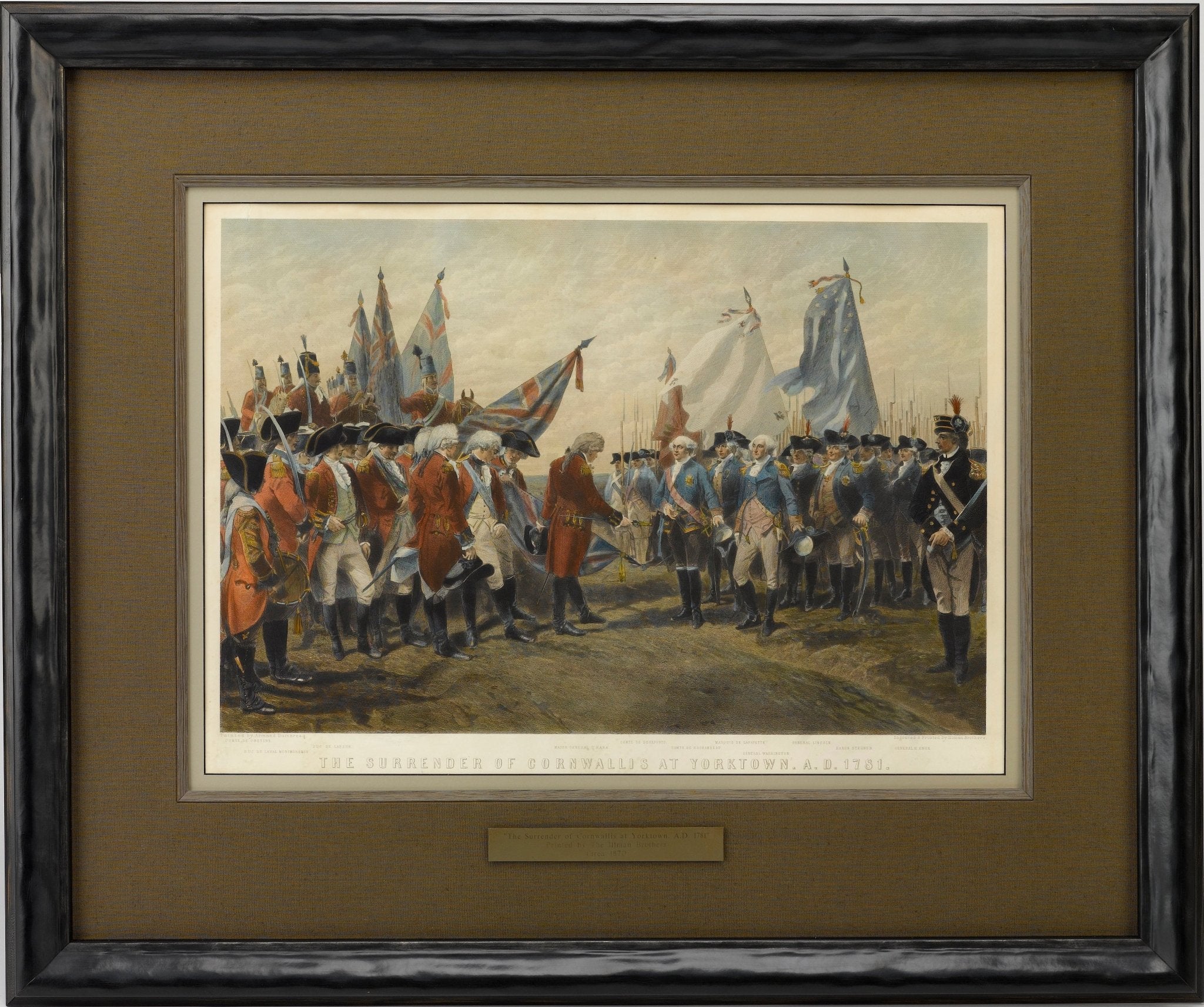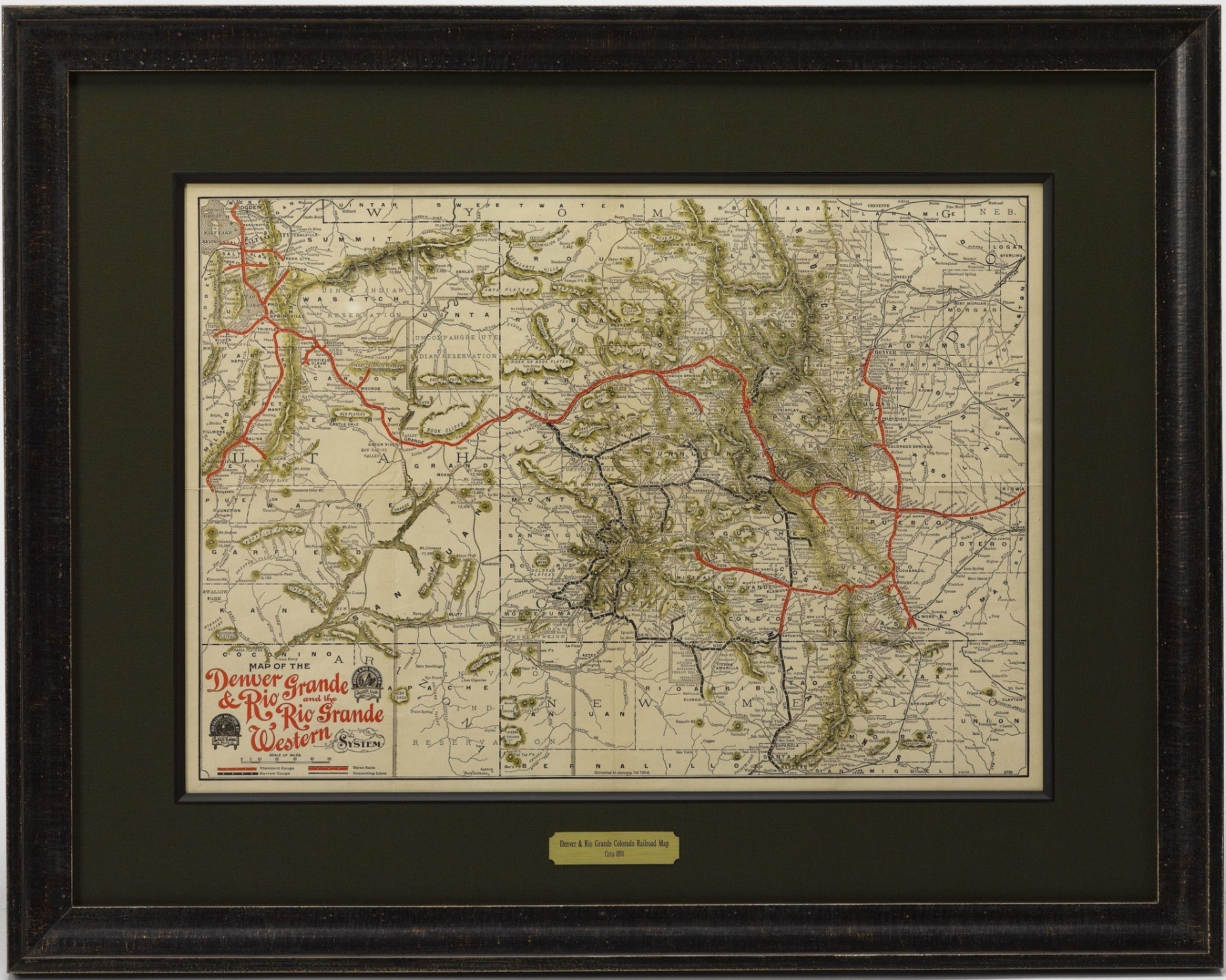Discovering Yellowstone
Many might be surprised to learn that America’s early railroad companies were instrumental in the creation of our national parks. A perfect example can be found in the Northern Pacific Railway. Formed during the end of the Civil War, the Northern Pacific Railway had its sights set on expansion across the Montana Territory, in hopes to link Washington and Oregon to the rest of the country. The company was promoted and financed at the time by Jay Cooke, famous for financing the Union war effort. After reading about Yellowstone from the Washburn Expedition of 1870, Cooke recognized that an influx of future tourism to Yellowstone would be beneficial to business, much as Yosemite was for the Union and Central Pacific Railroads. So Northern Pacific Railway began lobbying for a more thorough expedition into the area.
During the late winter of 1871, renowned geologist Ferdinand V. Hayden received a government subsidy to organize his own survey team to chart the headwaters of the Yellowstone River. Northern Pacific pointedly asked whether artist Thomas Moran might join the expedition. Cooke then loaned Moran $500 to subsidize the trip. Better than any lecture or newspaper article, Moran’s paintings brought Yellowstone alive. His field sketches and color studies formed the basis of later efforts to persuade Congress of the importance of protecting Yellowstone.
Hayden’s expedition survey findings confirmed that Yellowstone was devoid of valuable minerals, that the land was too steep for grazing lands to support livestock, and was of low timber quality; essentially claiming that the only value Yellowstone possessed was in entertainment. By that time, Northern Pacific owned land just north of the Yellowstone, and in a letter from Jay Cooke's office  to Hayden late in 1871, Cooke wrote that: "Judge Kelley has made a suggestion which strikes me as being an excellent one, viz: Let Congress pass a bill reserving the Great Geyser Basin as a public park forever--just as it has reserved that far inferior wonder the Yosemite Valley and big trees" (Kinsey 58). Cooke, Hayden, and Montana Territory politician and explorer Nathaniel Langford all agreed that Yellowstone's natural wonders should receive federal protection.
to Hayden late in 1871, Cooke wrote that: "Judge Kelley has made a suggestion which strikes me as being an excellent one, viz: Let Congress pass a bill reserving the Great Geyser Basin as a public park forever--just as it has reserved that far inferior wonder the Yosemite Valley and big trees" (Kinsey 58). Cooke, Hayden, and Montana Territory politician and explorer Nathaniel Langford all agreed that Yellowstone's natural wonders should receive federal protection.
The Yellowstone bill was introduced in Congress in January of 1872 and lobbying in full force began. To prove its uniqueness, Cooke and Hayden showed senators, representatives, and President Ulysses S. Grant the drawings and sketches of Moran and fellow Hayden-expedition photographer Jackson. The watercolors, illustrations, and photographs depicting Yellowstone’s scale and grandeur did more than any written or oral descriptions to sway Congress, who had never seen the area.
On March 1, 1872, Congress passed a resolution declaring Yellowstone a National Park. This did wonders for the Northern Pacific Railroad's cash flow - and, not incidentally, for Moran's as well. Moran’s epic eight by fourteen foot canvas The Grand Canyon of the Yellowstone became the first American landscape by an American artist ever bought by the American government. It cost $10,000.00 and went straight on view in the Capitol. Congress also appointed Langford as the first Park Superintendent, a position which still allowed him to favor Northern Pacific's rail development in the 1880's and 90's by permitting railroad hotels within the park boundaries and advancing the connecting rail track to the park's Gardiner Gateway.
Cooke counted on public curiosity to see this uniquely American wilderness to stimulate travel on the Northern Pacific Railway, and it paid off. Although delayed due to financial issues, by 1882, the Northern Pacific Railroad’s routes reached Livingston, Montana with a spur to Cinnabar, close to the northern entrance of the park. The railroad facilitated travel to and through the legendary but little-visited destination and heavily promoted their route through advertisements, maps, newspaper articles, and epic posters. In June 1902 , they extended their line even further to Gardiner, immediately adjacent to the boundary proper, where they built their luxurious Old Faithful Inn.






